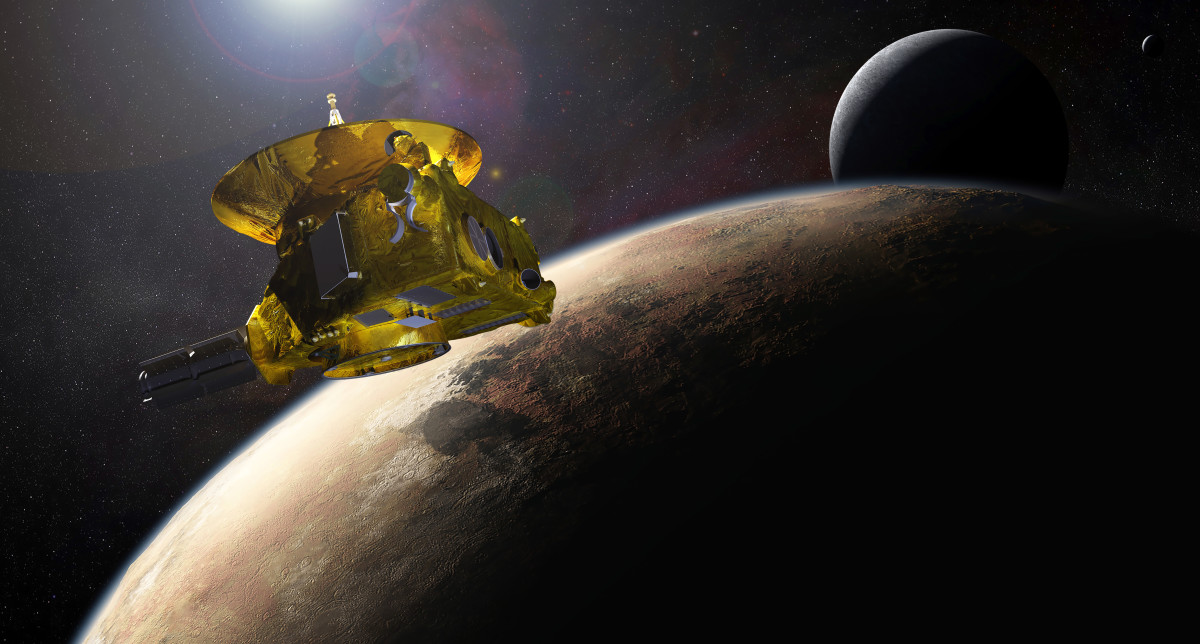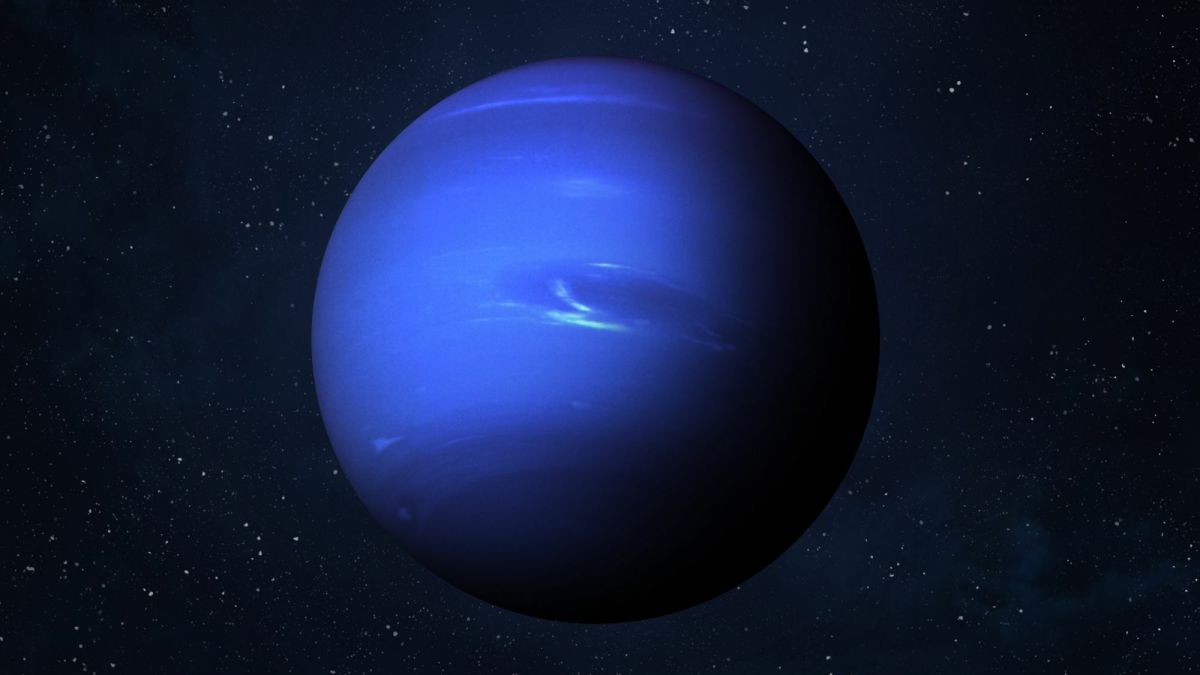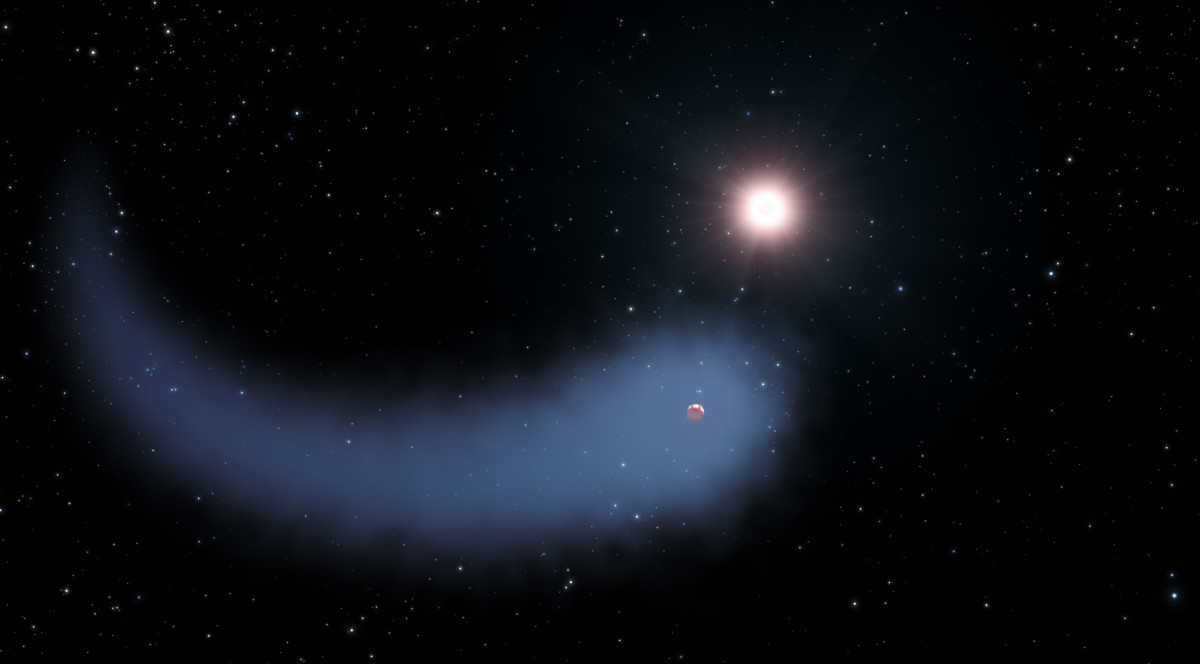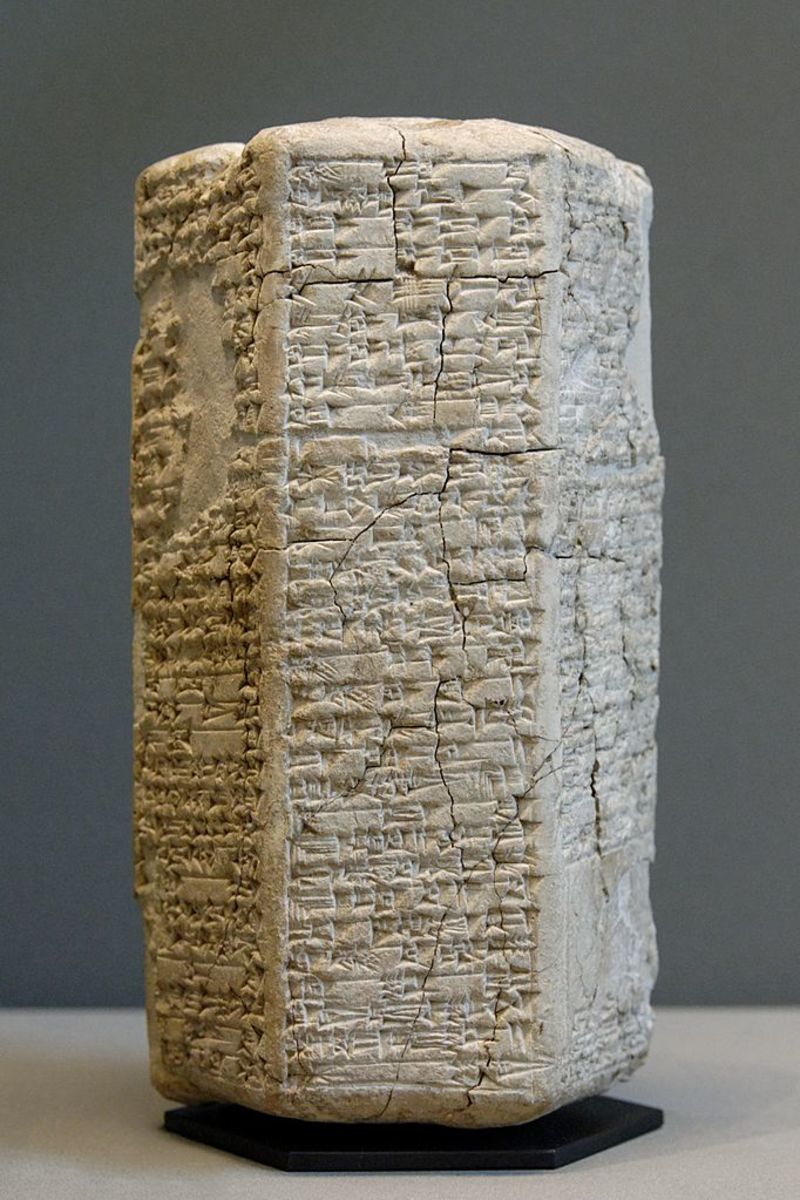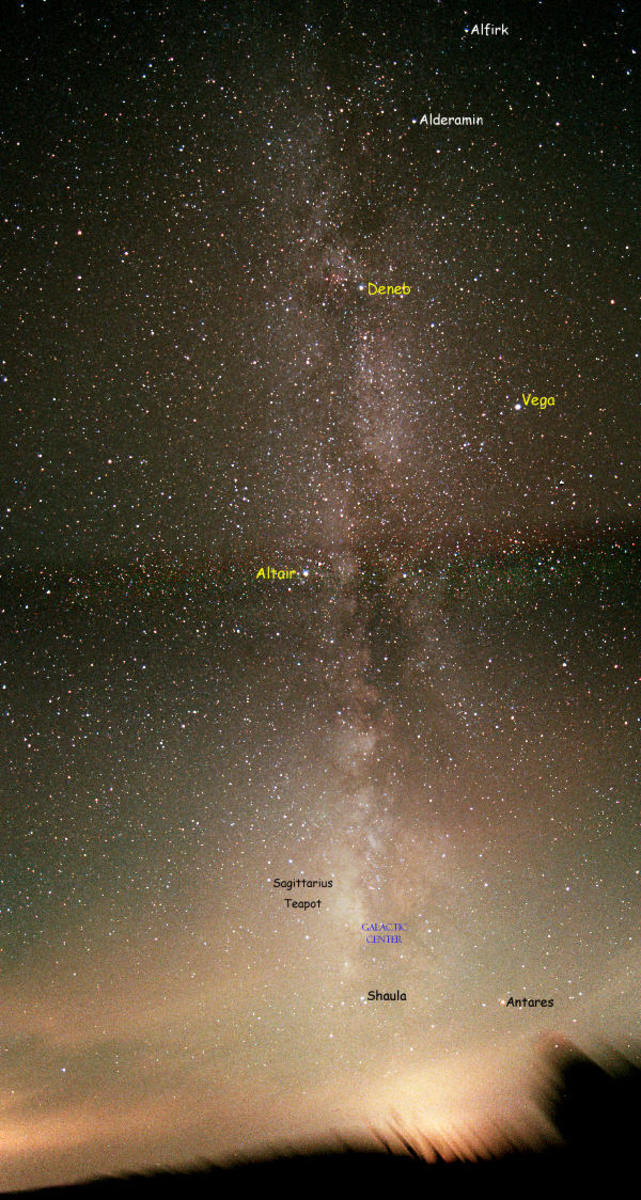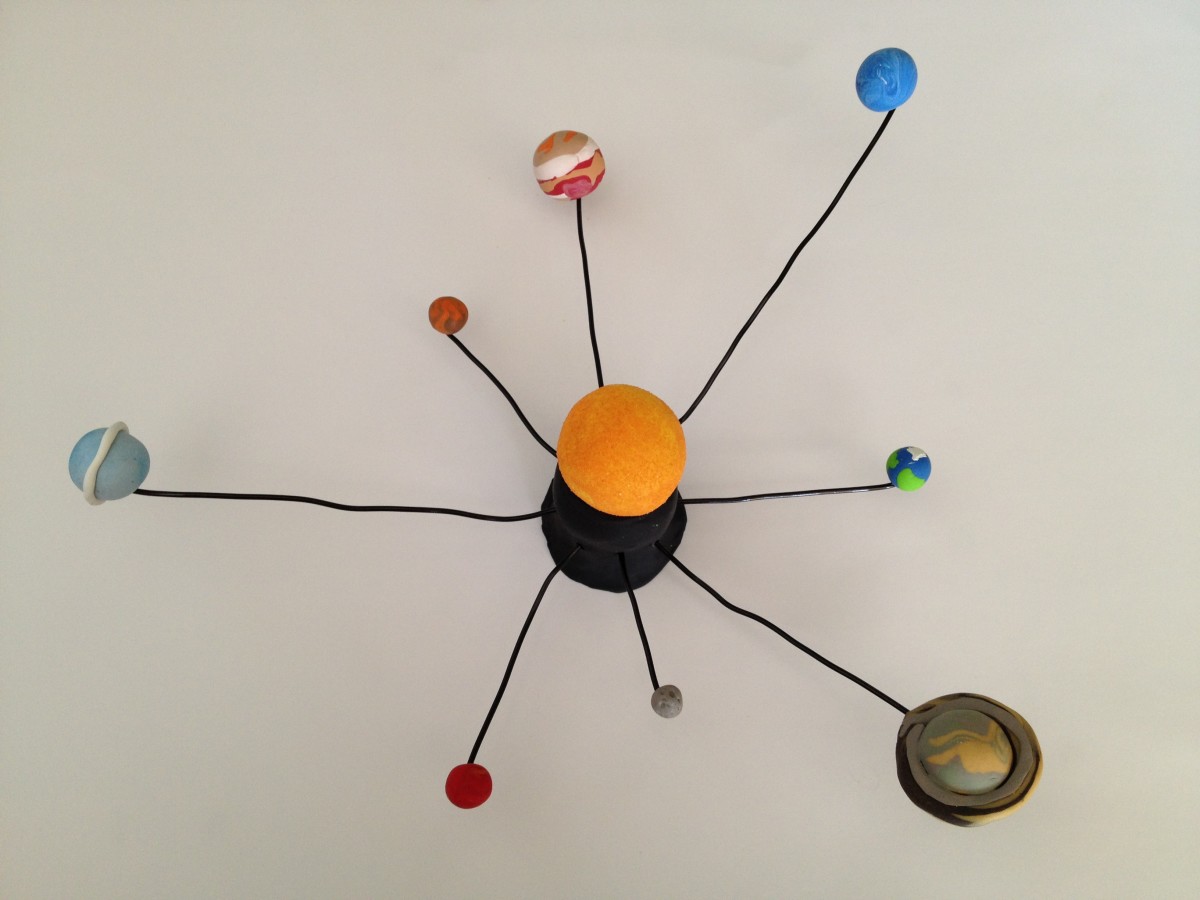What Pluto Really Is
Pluto orbits near the edge of the organized solar system
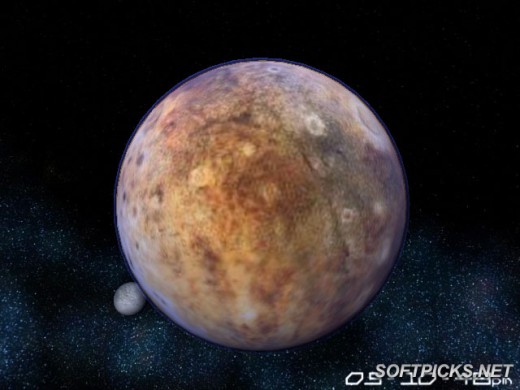
Pluto; a proto planet in transition
Pluto is one of thousands of planetesimal sized Trans-Neptunian bodies. For the last few years there has been a raging debate as to whether Pluto is a planet or not. As Pluto is orbit about the sun, it can be considered a planet, except for its diminutive size, which is why it was "demoted". Pluto has a companion, Charon, which one can say is a moon of Pluto. In reality, Charon is another planetesimal which happens to be in orbit around Pluto and shares the same relationship with Pluto. Pluto is caught in a curious two to three resonance with Neptune, which stabilizes its orbit, because it never gets close enough to Neptune to be pulled into or ejected out of the solar system. For every three of Neptune's orbits, Pluto and Charon orbit twice. Pluto belongs to the family of inner Kuiper Belt objects.
Pluto and Charon as well as all the other Kuiper Belt planetesimals exist well beyond the freeze line of the solar system. They are made primarily of volatiles that were blown out to the Kuiper belt and began to accrete into planetesimals. As evolution occurs more slowly at those distances from the sun, about 39 AU and more, Pluto, Charon, Sedna and many others can be seen as planetesimals in evolution toward planet-hood. Evolution has already been more or less completed nearer the sun, so we have the terrestrial planets, Mercury, Venus, Earth/Moon and Mars. There are the gas giants past the freeze line consisting of Jupiter, Saturn, Uranus and finally Neptune. Asteroids and comets exist in profusion throughout, clustering into discrete regions.
Pluto represents the seed of another type of body. It is neither rocky planet nor a gas giant planet. It is made up of volatiles like methane, ammonia, water ice and other hydrocarbons. These molecules were too far out to be collected by the gas giants and their moons. By accretion stages that are identical to those forming the Earth and the other major planets, Pluto, Charon, Sedna and thousands of others are slowly growing in size. They are still under evolution. What remains is competition for material by absorbing smaller planetesimals. Due to their distance from the sun and their as yet weak gravitational influence, their evolution takes billions of year as opposed to the millions it took to form the terrestrial inner planets.
Will Pluto win the race to planet-hood? That depends on a number of factors that are as yet unclear. We know that comets can be drawn into the inner solar system by disturbances from passing stars and that these will cross the orbits of all the planets. Some Like Chiron caught between Saturn and Uranus in a 56 year orbit originated from the Oort cloud or the inner Kuiper belt. Sedna in its highly eccentric orbit appears to be a body in transition. Sooner or later, something will impact Pluto. Depending on its size, this will alter the orbit of Pluto to something different than it is now. For the moment we know of nothing that is due to hit Pluto. Meanwhile, it continues to slowly collect space dust that is in orbit in the Kuiper Belt. It will be a long time before it crosses from the planetesimal stage to a full fledged planet. But, as Pluto has gravity and can Clearly grow by gravitational accretion as evidenced by its hold on Charon, it is more than just something "other than a planet".
Were Pluto always inside the orbit of Neptune, it would have been a contender for full fledged gas giant planet-hood. Pluto though is in an eccentric orbit of its own, spending only a short portion; eighteen year of its 247 year period inside the orbit of Neptune. It is thought that Neptune attracted it out of the Kuiper belt, but as it got caught in a stable two to three resonance orbit, it has not been fully captured and remains as we see it now. It is this peculiarity that caused the debate about Pluto's status at the outset.

